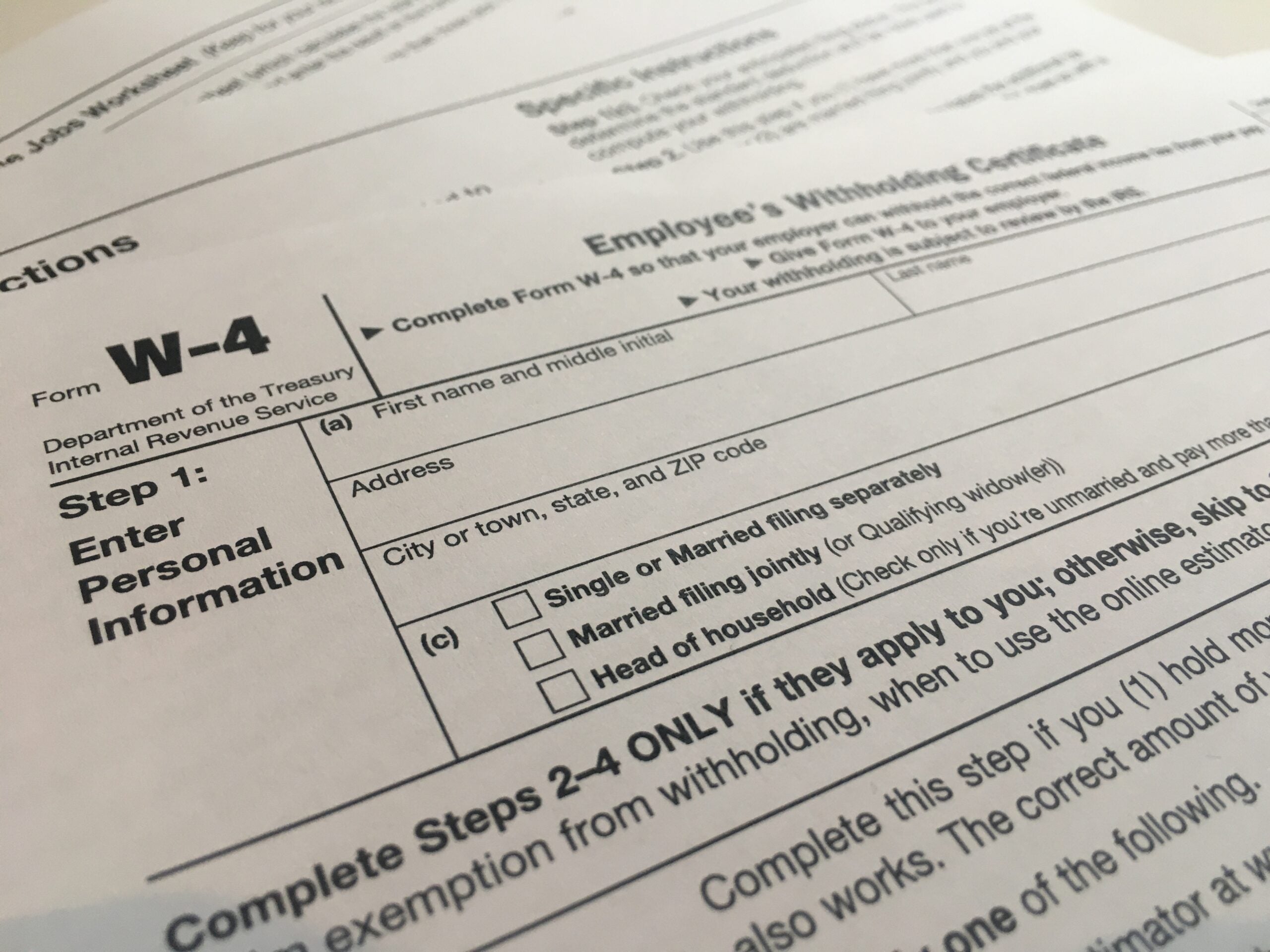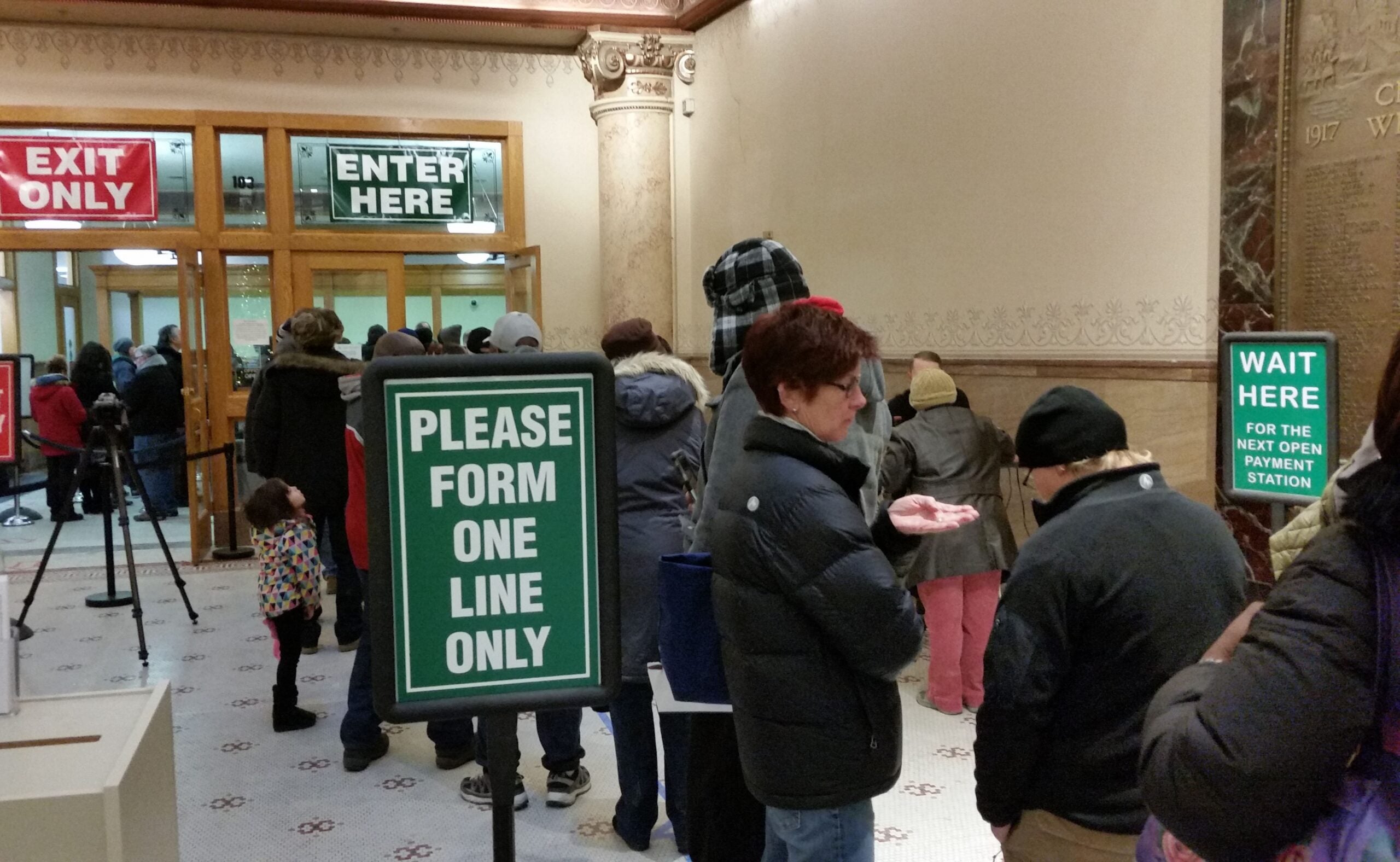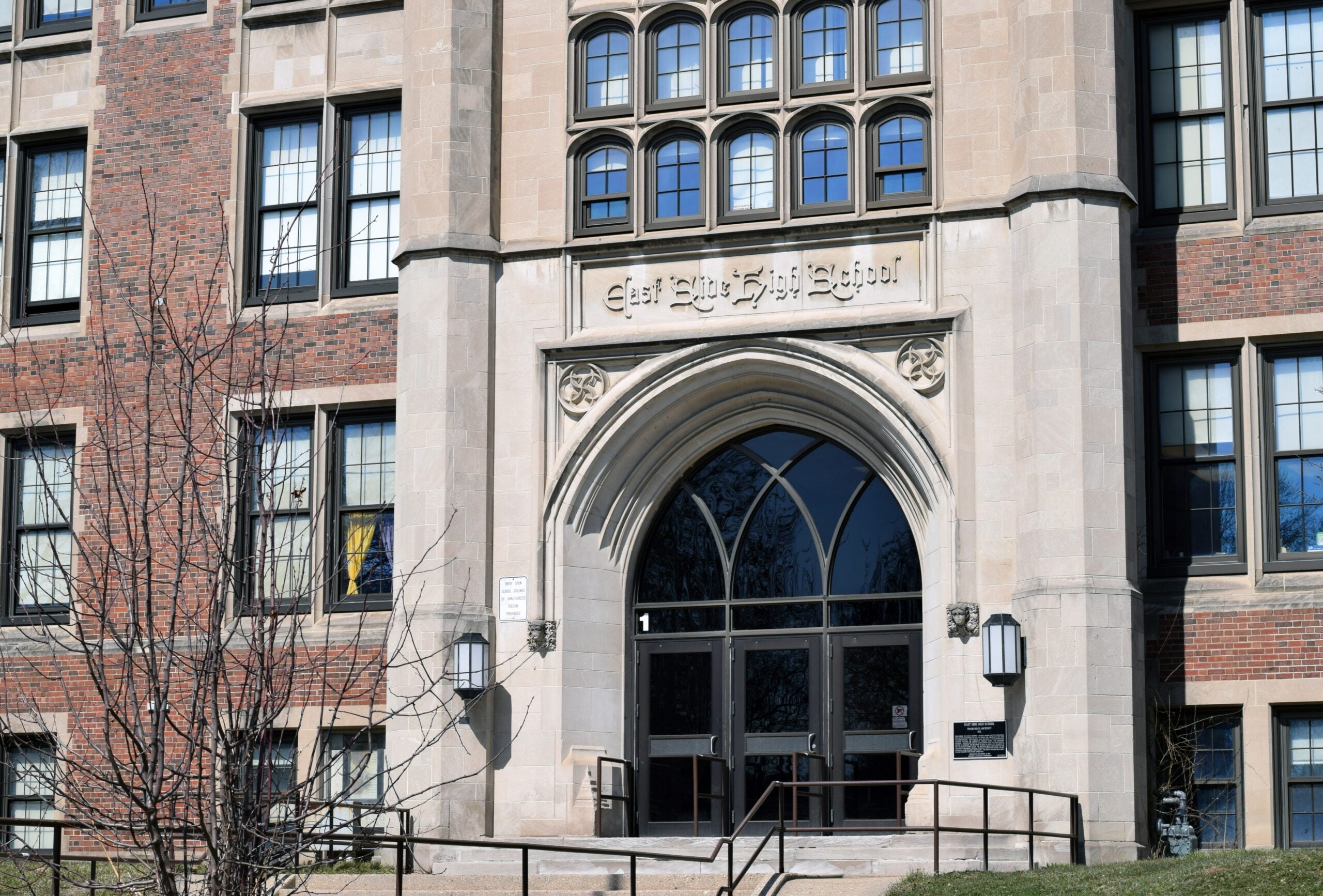A new report on state income taxes found most Wisconsinites have lower tax rates than they did 40 years ago — but for residents with the lowest incomes, that rate has gone up.
The Wisconsin Policy Forum report released Wednesday looked at how income tax rates have changed since 1980 in Wisconsin and the biggest policy decisions driving those changes.
Using data provided by the state Department of Revenue, the report looked at the average income tax rate for different income classes. The average rate was calculated by taking the total taxes owed by all taxpayers in a group and dividing it by their total adjusted gross income.
News with a little more humanity
WPR’s “Wisconsin Today” newsletter keeps you connected to the state you love without feeling overwhelmed. No paywall. No agenda. No corporate filter.
For the top 1 percent of taxpayers, the average income tax rate fell by 30.6 percent between 1980 and 2020, going from 7.9 percent to 5.5 percent.
The middle 20 percent of taxpayers saw their average income tax rate fall by 20 percent over that time, from 3.1 percent in 1980 to 2.5 percent in 2020.
But the bottom 20 percent of taxpayers in the state saw their average tax rate increase by nearly double over the 40-year period, starting at 0.2 percent in 1980 and rising to 0.5 percent in 2020.
The lowest income class was the only group that did not see a decline in the average tax rate.
Jason Stein, research director for the Wisconsin Policy Forum and author of the report, said the data show Wisconsin still has an income tax that is progressive compared to other states, meaning people at upper income levels are paying higher tax rates.
But, he said, the changes in the average tax rate show the state’s income tax is getting less progressive over time.
“If you’re someone I think on the left end of the political spectrum, that’s not going to be welcome news to you because you would like to see a tax system that reduces disparities in income and wealth in the country,” Stein said. “If you’re on the conservative side, you’re going to welcome that because you’re gonna feel like it maybe makes the state’s economy a little more competitive or may provide more incentives for people to look for ways to earn more money.”
Stein said part of these changes can be seen by looking at the share of income taxes paid by top earners compared to the growth in their adjusted gross income, or AGI.
Between 1980 and 2020, the average inflation-adjusted AGI for the top 0.1 percent of Wisconsin taxpayers more than quadrupled. But the bottom 20 percent of taxpayers saw their AGI fall by more than half over the same period.
“If you’re looking at that upper 1 percent (of taxpayers), they are reporting a larger share of the income today than they did 40 years ago, and they’re paying a larger share of the taxes. But their share of taxes has not gone up as much as their share of income,” Stein said.
Stein said understanding how the income tax rate has changed over time is important given the number of changes made by state officials on both sides of the aisle in recent decades.
The biggest income tax change will be seen by taxpayers this spring. Last July, state lawmakers and Gov. Tony Evers cut the rate for taxpayers in the third tax bracket by nearly 1 percentage point. The third tax bracket covers taxpayers earning between around $24,000 and about $267,000 as an individual and between about $32,000 and $356,000 as a married couple.
“It’s a big decrease in the (tax) rate and that rate is applied to the income in a very big bracket,” Stein said. “All that adds up to like a $1 billion impact in terms of the tax (revenue) decrease annually.”
He said state officials are also considering making further changes to the income tax amid an unprecedented state budget surplus, making an understanding of the current tax rates even more important.
Wisconsin has the 13th highest individual income tax rate in the country as a share of personal income. But Stein points out the state relies on income tax revenue more than other states because Wisconsin has a lower sales tax rate.
“You do see some proposals to either significantly reduce Wisconsin’s income tax … or you even see some people calling for eliminating the state income tax. And that is a heavier lift in Wisconsin than in the typical state because, again, the typical state relies more on other taxes than we do,” Stein said.
He said state officials will have to carefully weigh how an income tax reduction will affect public services, the state’s financial stability and the overall tax system.
Wisconsin Public Radio, © Copyright 2026, Board of Regents of the University of Wisconsin System and Wisconsin Educational Communications Board.





